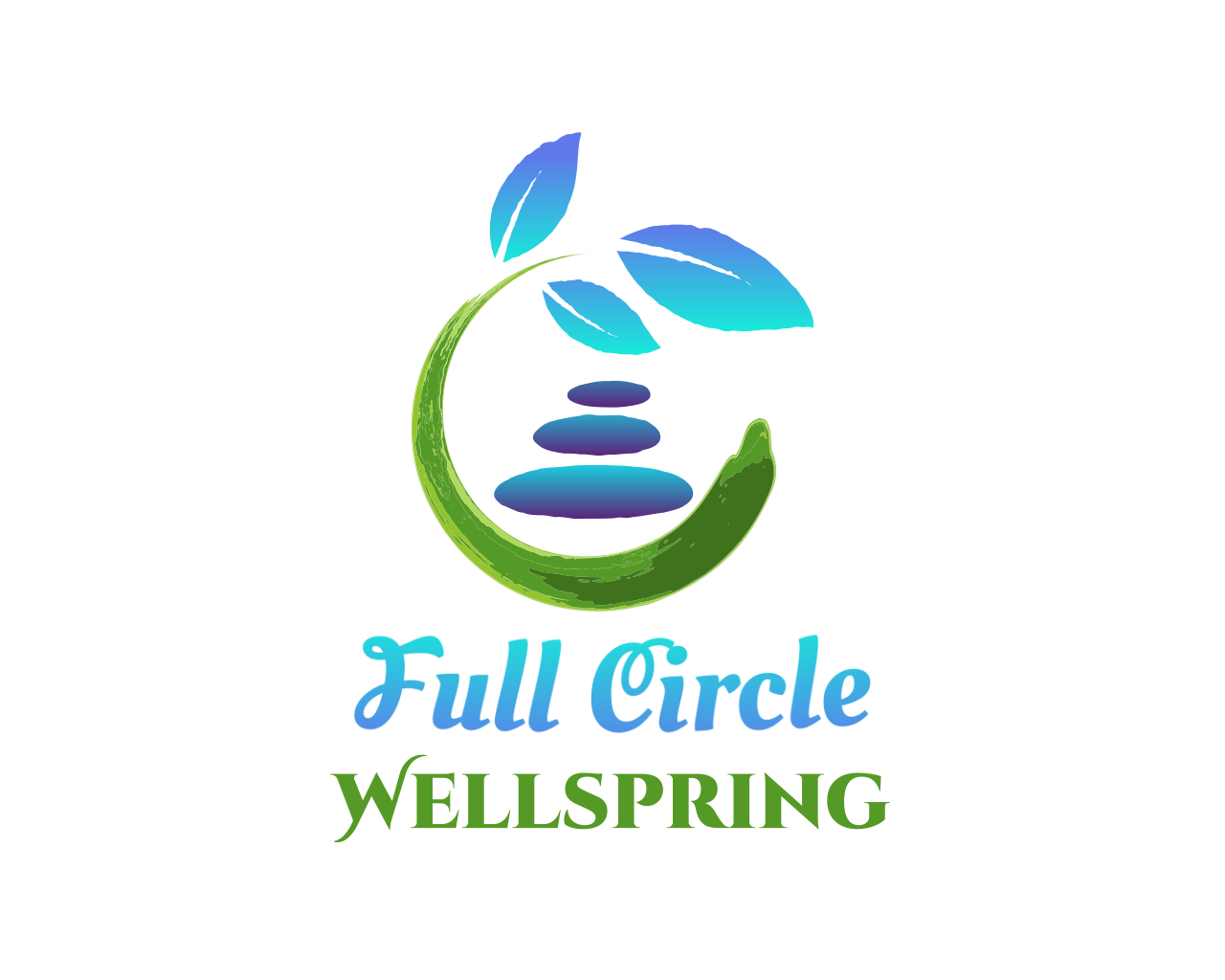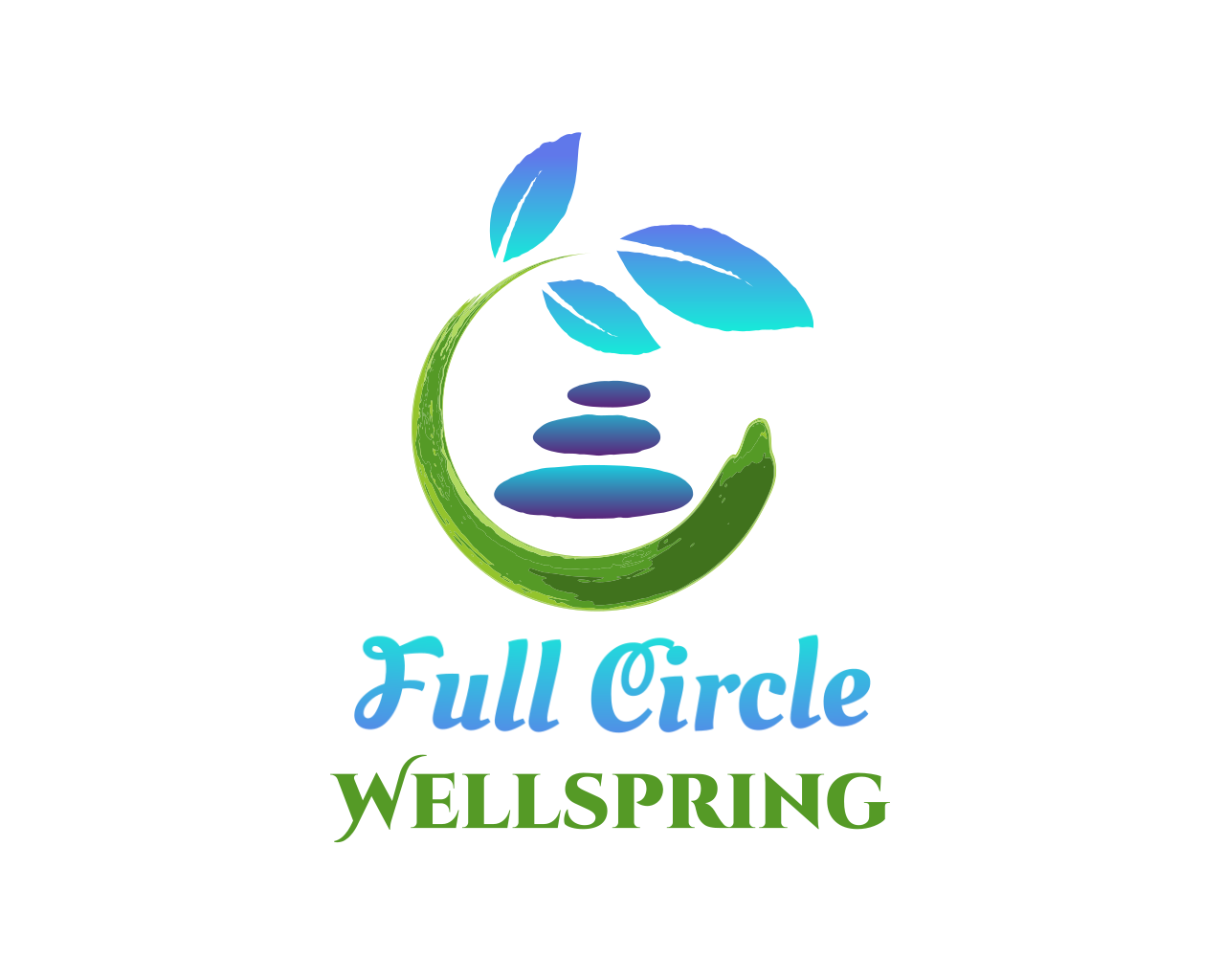Wellspring Wednesdays|Week 18: Red Flags
Author Note: If you prefer to listen or watch instead of or along with -
Check out the YouTube video and/or the Podcast audio.
One of the key internal resources you gain in your trauma healing is to be able to hear, trust, understand, and follow your gut instincts. I listed those out separately because it’s very common for trauma survivors to have self-trust injuries. It’s a relational aftereffect of the trauma or abuse they have endured. During the period of trauma, if it involved another person, which we call interpersonal trauma, the survivor may have been manipulated, coerced, or controlled. Because of that, they struggle to allow their own feelings and thoughts to be welcomed in their life. They may consider themselves the “bad one” in the relationship — which is often true for parent/child abuse if the trauma was during childhood. We’ve talked about how it’s unsafe for a child to think their caregivers are evil, unwell, or unfit, so they often take the blame on themselves. This can happen with any type of relationship trauma. If someone is used to being lorded over, controlled, disrespected, unheard, and belittled for making a choice for themselves — the period of that traumatic relationship will leave them out of touch with their own sense of self. It actually can break their own intrapersonal bridge — the self-trust mechanism inside themselves.
So the first part of the process is to reconnect a survivor with their own self — body, mind, and spirit. This will allow them to even be able to identify a red flag feeling however it presents to them. From there, once a survivor can even begin to hear their own gut instinct again, they then have to work on trusting it. This comes with practice, often by re-enforcing a gut instinct that wasn’t responded to. This can be a painful process because now the survivor feels or even hears something inside them, they still don’t trust it but instead ignore it, and then they learn a hard lesson.
If this has happened to you, I can offer a bit of a reframe. This is exactly the right place to start because this is the working part of re-trusting yourself. The hindsight of the experience, which can have devastating consequences, can show you that you COULD HAVE trusted your instinct and that also in the future you CAN trust it. This re-frame can take the sting away from the situation a bit and allow for a calmer response next time. Remember that what fires together wires together in the brain, so as you work on retraining your brain’s intuition you want to not feel angry toward yourself for NOT following your knowing. Instead, you want to allow for a lot of grace and calmly allow the visceral feeling that you got BEFORE the situation to be praised because it was right. This allows for deeper self-trust to development for next time.
After working to trust, the understanding comes in. What exactly is your gut telling you in a circumstance? Is it just afraid of something — like failure? Does it not want to take the leap into a new career path or an online course because it’s nervous to try something new? In this case, you can now work on trying to grasp what your intuition is trying to get you to do. Not always does your gut throw up a red flag because it’s definitely something potentially dangerous and you definitely should run away. Delineating between a red flag and a trauma response is really important. It takes time to listen to what’s behind your intuition. Does it just not want you to get hurt? Is it feeling like something is too good to be true? Is it worried you may get embarrassed? Those are trauma responses that may keep you from a really good thing or an opportunity to grow. You’ll start listening to, trusting, and then finally grasping what your feelings and hunches are actually about. You get curious about them, ask them questions, dig down to the roots of where they are coming from. You can work on your trauma responses differently than just fight, flight, freeze. That’s a main focus with several clients as they start to identify their trauma reactions v. their gut.
When it is truly a red flag, lastly comes the following part. This is always a work in progress. Figuring out how to sense your intuition, learning to trust it, and then training your understanding are all hard enough sometimes. However, when you’ve heard it, self-trust it, and then decipher that it’s an actual red flag that needs to be attended to — you have to take the leap and just follow that. This is obeying your own best knowing, honoring yourself with respect as you make a different choice, and move away from the red flag. This is often going to occur in a relationship where the co-worker, friend, or intimate partner starts showing you their true colors. Your insides start churning with info about how this looks similar to an old relationship that you’ve been through before. Their red flags start looking like the red flags that you ignored in the previous abusive relationship, and your whole being wants you to run. You can take some time to understand your intuition with curiosity, and if it does seem like this person is resembling something controlling or dangerous, you can follow it. It’s not just that your heart is nervous about caring about someone again, or the trauma response of fear of intimacy, but these are legitimate red flags that you need to honor. In this way, you can have confidence to get as much distance as you need and then congratulate yourself for following your instincts (maybe with a Jubilation mindfulness moment?)!
These are not easy tasks. I have done a lot of work on my self-trust bridge inside, and yet I still sometimes waiver in my intuition. I recently was headed somewhere that my gut kept telling me not to go. I could hear it, feel it, and trust it. It was a legit circumstance to avoid. I knew it. My gut knew it anyways. I even almost asked the Uber to turn around three times while on the ride. I didn’t listen and put myself in an unsafe situation. Later, I really gave self-compassion and praised my gut for recognizing the red flags and for trying to keep me safe. I forgave myself for not listening and then was able to re-affirm that my red flag button works just fine. In the future, I’m much more likely to listen to it and be kind to myself. That story comes after years of doing really good work and making big strides against self-abandonment and not being connected to my body. So, you know, this is a process, and no one is going to be perfect. Be patient with yourself.
Trauma taught you to be small, quiet, invisible, in self-doubt, to self-abandon your wants and desires, to put down all your own emotions for your abuser’s, and to not speak out. Your trauma recovery now is teaching you the exact opposite — to reconnect to your true self, show up and speak out for yourself, reunite with your emotions and desires, and go after them with your whole heart. It starts today and will continue as a journey for the rest of your days. Its prize comes even in the small wins, small gains, small choices, and small insights. You got this!

